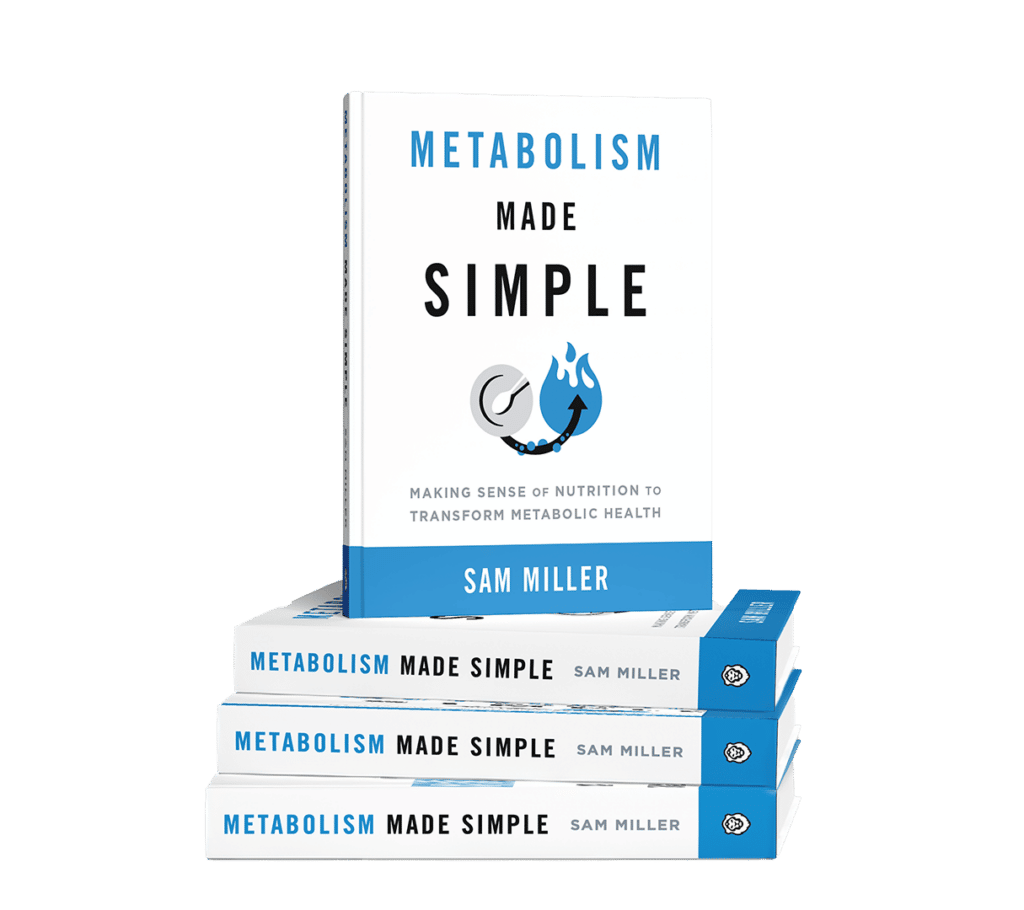While training periodization has existed for decades, and nutritional periodization has gained steam across the industry, there is missing link in the integrated periodization and SELECTION of both elements. This holds true for optimal performance, aesthetic and lifestyle goals. Only by prioritizing and strategizing BOTH training and nutrition periodization elements as a unified approach can we bring individualized nutrition and training to the forefront to create the ideal environment for our desired physical adaptations.
Envision Nutrition popularized the triangle of awareness in the nutritional community. iN3, Envision Nutrition, brought attention and awareness to the physical, mental, and emotional tension or stress that exists between these three divergent goals (performance, aesthetics and lifestyle). To summarize: the key premise of this philosophy is that in your pursuit of any one particular goal you may sacrifice other goals in this triangle. For example, optimal performance and aesthetics don’t always go hand in hand. Nor does maintaining 5% body fat and having a flourishing social schedule filled with happy hours.
A similar level of awareness and attention is now needed as it pertains to training program selection in the pursuit of these distinct goals. We must match the appropriate nutritional periodization with the appropriate training methodology aimed at one of the three goals above. This entails being mindful that each training type causes a unique cascade of adaptations in the body. Case in point: Performance programs are not lifestyle programs. Lifestyle programs are not bodybuilding programs.
Furthermore, all too often we have boxes and globo gyms advocating summer shred challenges failing to consider that a steep calorie deficit and heavy glycolytic CrossFit work simply do not go hand in hand. For the purposes of this article we will consider two main initiatives: performance vs. body composition (fat loss/muscle building).
When creating an integrated, mutually periodized program where nutrition and training are happily married the following items are top of mind to create optimal adaptations: Hormonal Adaptations to Training & The Energetic Demands of Each Session, The Training Adaptations, and The Imposition of Stress vs. The Body’s Adaptation to Stress. This is compounded by some substantial safety risks that arise when athletes are placed in a deficit, thereby impairing their ability to recover.
It is July and we all want to stay beach ready through Labor Day, so let’s start with a case example of what might happen when pairing a calorie deficit with performance-based training for folks who want to have it all. If we zoom in on the Thyroid Hormones T3 and T4, these remain unchanged when the exercise duration is short; but decrease (this is a bad thing) as the duration increases even if TSH levels are increased.
Remember – training for performance is the broadest training objective as it often requires the development of a broad spectrum of the body’s capacities concurrently: strength, power, speed, agility, general endurance, specific endurance, etc. As a result several different training means and methods are used (weight lifting, gymnastics training, GPP, agility work, etc.).
A by-product of this is some long training days or multiple sessions. In the case of CrossFit or Performance training for hypertrophy in many programs you’ll see a lack adequate time under tension and training specificity. Remember the amount of muscle growth stimulated is directly proportional to the amount of training stimulus (or of the functional demand) placed on the selected muscles. This holds true so long as the aforementioned demand doesn’t exceed the body’s capacity to recover.
In the case of CrossFit for Fat loss: Intense training in a calorie deficit can impair the body’s ability to manage cortisol, while also negatively impacting thyroid output. The battle for fat loss with impaired thyroid level and cortisol output is a recipe for disaster. Not to mention a significant strain on reproductive hormone function as well (testosterone, estrogen, and progesterone for ladies).
While the above examples showcase a mismatch CrossFit or Performance based programming with a calorie deficit, there are countless other improper pairings that we cannot fit in a single article. These are simply illustrations and examples of popular mainstream mistakes.
Remember:
Prior to embarking on your next training cycle remember that we must match the appropriate nutritional periodization with the appropriate training methodology. While we know steering your nutrition and training is necessary for physique and performance changes, not all programs are complimentary. Consider the following 24-36 week training cycle;
- 8-12 week: Calorie Deficit with Accessory//Hypertrophy Dominant Low Injury Risk (Aesthetics)
- 8-12 week: Maintenance or Reverse Diet phase with strength & technique focus (Neurological)
- 8-12 week: Performance phase, multiple modalities, increased nutrient consumption (Capacity)
If you struggle with planning or understanding the adaptations of specific nutrition strategies, the guidance of a nutrition coach can be immensely helpful in steering you towards your goals. If you choose to go it alone, please make mindful and intelligent selections that balance training demands with the nutritional support necessary to achieve your goals.”
[/et_pb_text][/et_pb_column][/et_pb_row][/et_pb_section]
















